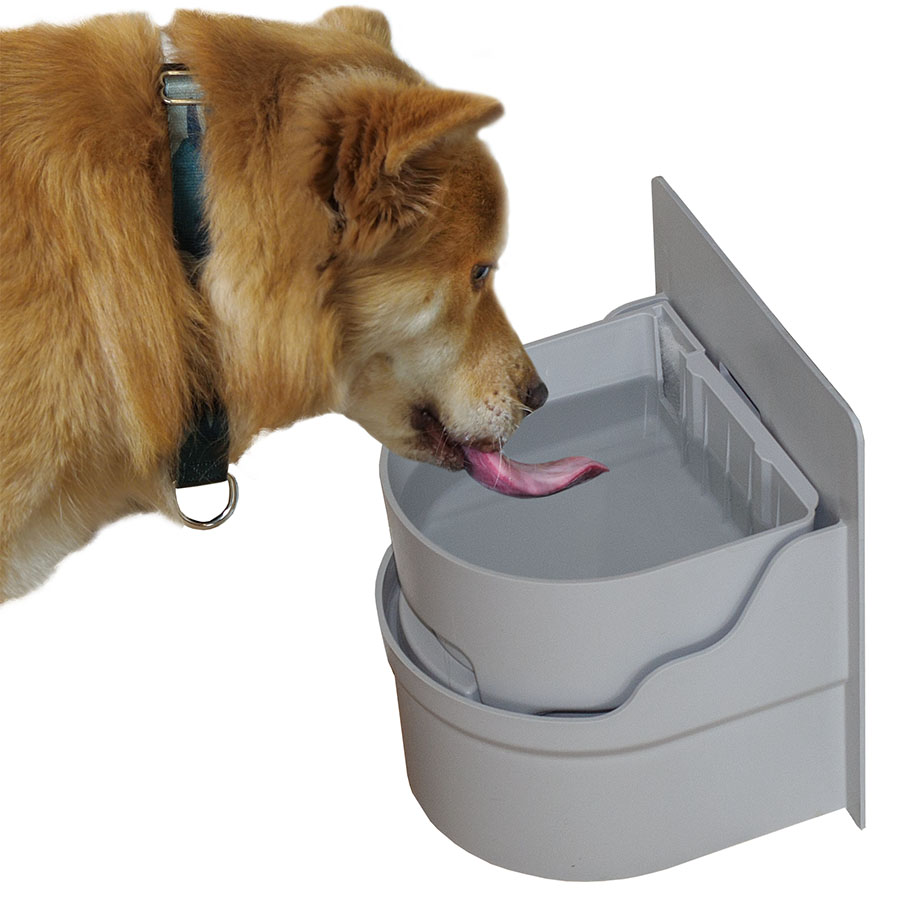As dogs age, they become more susceptible to health issues, including dehydration. Proper hydration is vital for maintaining your old dog’s well-being and supporting various bodily functions. However, some senior dogs may have a reduced thirst drive, making it challenging to ensure they drink enough water.
Fresh and Accessible Water:
Ensure your senior dog always has access to fresh, clean water. Change the water frequently throughout the day to maintain its freshness. Use a clean bowl that is easily accessible and placed in a convenient location within your dog’s reach. Consider having multiple water bowls around the house, especially if your dog has mobility issues.
Temperature Matters:
Some dogs are picky about the temperature of their drinking water. Experiment with different water temperatures to find the one your old dog prefers. Some dogs prefer slightly cool or room-temperature water, while others enjoy slightly warmed water during colder months. Offering water at your dog’s preferred temperature can entice them to drink more.
Try Different Bowls:
The type of water bowl you use can impact your senior dog’s drinking habits. Some dogs may prefer shallow bowls, while others may prefer deeper ones. Additionally, certain materials, such as stainless steel or ceramic, can help keep the water cooler for extended periods. Experiment with different bowl options to find the one that encourages your old dog to drink more.
Wet Food and Hydration:
If your senior dog is less interested in drinking water, consider adding moisture to their diet through wet or canned food. Wet food contains more water and can help supplement their overall hydration. Consult with your veterinarian to ensure the diet is balanced and suitable for your dog’s needs.
Flavorful Additions:
Enhance the appeal of water by adding small amounts of low-sodium chicken or beef broth to their bowl. The subtle flavor can entice your dog to drink more water. However, monitoring sodium levels and avoiding excessive amounts is essential, as too much sodium can harm your dog’s health.
Multiple Water Sources:
Place water bowls in different areas of your home to make it convenient for your old dog to access water wherever they are. This approach is beneficial if your dog has mobility issues or spends time in various parts of the house. Additionally, consider having water bowls available indoors and outdoors, especially during warmer months.
Water Fountain or Running Water:
Some dogs are attracted to moving water. Consider investing in a pet water fountain that provides a constant flow of fresh water. The sound and movement may intrigue your senior dog and encourage them to drink more. Alternatively, leaving a faucet slightly running or using a drip system can also simulate running water, which may pique your dog’s interest.
Regular Exercise and Routine:
Maintaining a regular exercise routine can help stimulate your senior dog’s thirst and encourage water intake. Physical activity increases their need for hydration and can lead to a natural desire to drink more water. Consult your veterinarian to establish an appropriate exercise routine based on your dog’s age, breed, and health condition.
Proper hydration is crucial for the health and well-being of your senior dog. By implementing these tips, you can encourage your old dog to drink more water and reduce the risk of dehydration. Remember, it’s essential to consult with your veterinarian if you notice any significant changes in your dog’s drinking habits or suspect underlying health issues. With care and attention, you can help ensure your beloved companion stays hydrated and happy in their golden years.

